Courage to Change
March 28, 2022 | Kansas City Metro
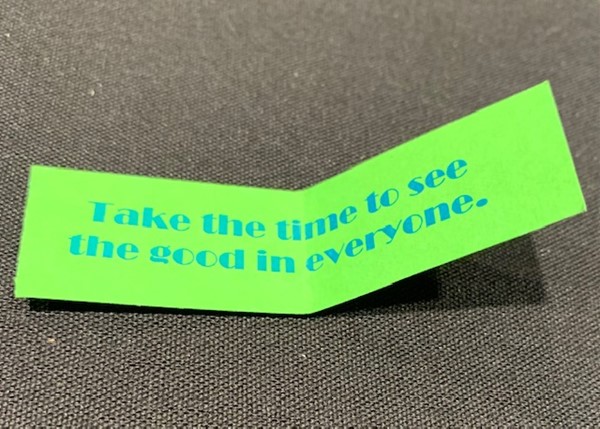
The 2022 Reaching Out From Within symposium on Courage to Change brought forward the many changes we’ve experienced with our judicial systems in these last two years because of the pandemic. It also was a stark reminder of how far we have to go.
Rethink Human Dignity

ROFW co-founder SuEllen Fried reminded us about Germany’s prison system where, since 1977, the goal has been to prepare residents for reentry into society. In the United States, we must “rethink human dignity” in our prison system. SuEllen emphasized that today, that’s “where change starts.”
Throughout the day, various panel members repeatedly brought up about our tendency in the States to overuse the criminal justice system.
Since the 1980’s politicians have closed most of our mental health facilities and placed these people in our criminal justice systems — thus, overburdening our prison system where nobody wins.
Not society.
Not law enforcement. And most of all…
Not the people suffering from a mental illness disease.
Incarceration has been society’s answer on how to handle people with a mental illness for too long. Locking people up where we don’t have to see them isn’t working.
The Only Medical Diagnosis that’s a Crime
Drug and alcohol addiction is the only crime that’s based on a disease because we no longer have systems or facilities in place to treat those with mental health diseases.
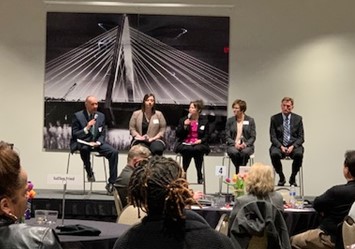
Most people spend time in jail because they suffer from a disease – a mental health disease. Practically everyone in the room agreed with the presenters — we should take care of people before we send them to prison.
Research estimates that 65% of the residents currently in our prison system suffer from substance use disorder – a brain disease that changes the chemical function of a brain. Substance use disorder is so powerful that the addiction takes over a person’s ability to think and control their thoughts and actions. Often times people commit a crime to get the next “fix.”
This 65% figure comes from the National Institute of Drug Addiction (NIDA) Criminal Justice Drug Facts. Further research estimates that an additional 20% of inmates committed their crimes while under the influence of drugs or alcohol.
Drug and alcohol abuse make up 85% of the prison population currently behind bars.
“Lock ‘em up” is no longer an answer.
Triage before Entry
With COVID pandemic, lack of staff, and the reality of the research showing a failed system, some communities have made changes. Because these issues forced cities to change their mindset, they looked at alternatives for low-level offenders.
Some communities, like Johnson County, Kansas, provide its citizens with both law enforcement and mental health professionals when working with law breakers. Their diversion program is a partnership with the county’s mental health department. They also operate a patient treatment facility for low-level offenders so they can keep their jobs.
You can find out more about their Adult Diversion Program from the Johnson County District Attorney’s website.
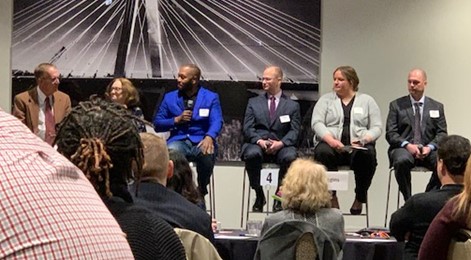
The consensus by the communities who do offer some kind of mental health treatment alternatives is that these programs are working. They’ve experienced measurable decreases in their jail populations reducing costs and staffing demands.
Treating people with mental health reduces recidivism which means less citizens are returning back to jail because they are not committing more crime. Research shows that close to 40% of the prison population commit more crimes causing our prison system to lock them up again and again. “Repeat offender” is a common term in our prison system.
Helping people cope with their mental health diseases — enables them to reenter society and return to their families and friends.
Drug Policy Reform Act of 2021
Attendees agreed with panel members that the Drug Policy Reform Act 0f 2021 needs to pass congress.
This reform shifts the focus of drug abuse as a crime to drug abuse as a medical disorder. This classification changes people from the Department of Justice punishing them to the Department of Health and Human Services treating them — or receiving treatment through private programs in medical centers.
Possession of drugs continues to be the number one arrest each year. Panelists and members in the audience agreed that the “war on drugs” has failed us.
This ACT would be a move in the right direction. Contact your Federal and State representatives and ask that they support the Drug Policy Reform Act. If they don’t, elect officials who will.
For more information:
H.R.4020 – Drug Policy Reform Act of 2021
Summary of the Drug Policy Reform Act (DPRA) of 2021
It’s all about the Money
Another factor of changing the criminal justice system comes down to costs. As budgets for services get tighter, communities are looking for ways to save. For decades research tells us that we spend more money warehousing people than we do with treating people.
We find the difference in cost staggering – along with the lack of results. (National Alliance on Mental Illness March 24, 2021 article: The Cost of Criminalizing Serious Mental Illness)
Yet if you’re poor, you almost always have to go to prison to get treatment.
Some of the biggest Challenges
Over and over various panel members and on the different panels brought up three big challenges for reforming our criminal justice system.
Worthiness
First of all, the person with the mental illness needs to feel like they are worthy – that they deserve to be well. This feeling of worthiness is not in our prison system no matter how hard a warden, medical staff, and guards try. What they need is a medical professionals to guide them. Also people need a community to live and work in where they feel safe and belong. Then and only then will someone be able to cope with their mental illness. It’s a proven fact.
Community Safety Nets
Secondly practically every panel emphasized over and over that we need to help people before they get arrested.
This second challenge is for community organizations, attorneys, and law enforcement to work together as one. This works when private, nonprofit, and government agencies bring services together for multiple safety nets to catch all types of people from all walks of life at the varying points of need in their lives. Different people need different services. People with mental health diseases know no point of time of cure – only the processes it takes to cope with their reality each day and sometimes, each minute. Everyone is unique.
As an example, many women in the prison system spent most of their lives caring about others, putting everyone else before their needs. This is on top of their mental illness. When it’s time for their release, these women do not have the necessary documents needed to get a job or rent an apartment. Along the way, they’ve lost the paperwork that documents name changes or divorce decrees. This poses a unique barrier for women to reenter society successfully.
We are Neighbors
Thirdly if we as community members recognize that these people are our neighbors, we’re more likely to help them rather than shun them. We need to hire people with felonies, rent to them, and provide services to help in their success to living as private, productive, citizens. We all can help even if we don’t realize we see them.
Our current prison system releases 95% of the citizens serving behind bars today into our communities. If not us, who will help them stay sober and crime free?
Basic Needs
Every human being needs to have their basic needs met to feel human. Simplifying Maslow’s Hierarchy of Needs, just to survive we need:
- Food
- Water
- Shelter
- Clothing
- Sleep
- Safety
A parolee can buy any car on a lot but cannot find a place to live or a job. Like one reformed panel member declared,
“I’ve committed more crimes in my car than anywhere I lived. We need affordable housing somewhere between lower middle class and poverty. Somewhere away from the drugs and crime.”
Panelist
Panel members brought up affordable housing throughout the day. Some panel members founded organizations that provide affordable housing for felons. Many were faith based, others not. All provided support meetings and programs that helped their residents in their success for reentry.
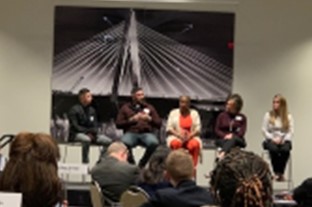
We need more community housing, reentry programs, and work opportunities. Without meeting their basic needs, people don’t survive.

Reentry Success Stories
“Isolated and alone” is how the FACES of Change panel members described their time locked up behind bars. One panel member admitted, “I felt so alone, I could not talk to people even if they were there to help me.”
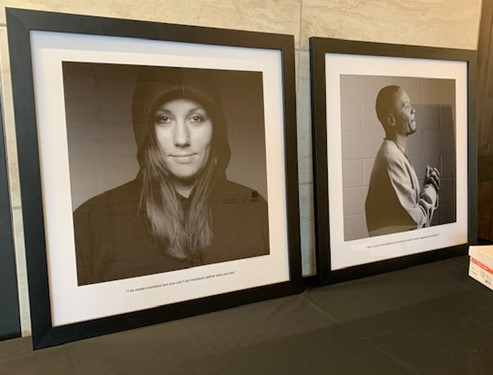
More than two people brought out that the Reaching Out From Within (ROFW) program brought humanity into prison and into their lives. They were grateful.
“ROFW gave me a sense of purpose – like I was part of something bigger than myself.”
Panelist
Setting Goals
Through ROFW, one former inmate described how he learned to set goals – both personal and financial. They needed to learn the “mechanism of setting goals” and how you know you are achieving them.
Another person had to remove the dopamine feeling of instant gratification out of his goals. During addiction, their goal was to get high. That was the only goal setting they experienced before joining the ROFW program.
Prison life is regimented. There are no goals – plenty of boredom, isolation, and conflict – and no place for growth.
Personal Growth
Multiple people talked about the need to learn how to grow as individuals. ROFW works to help in their growth by providing programs and job opportunities with local companies. It’s multifaceted and located in every federal prison in Kansas.
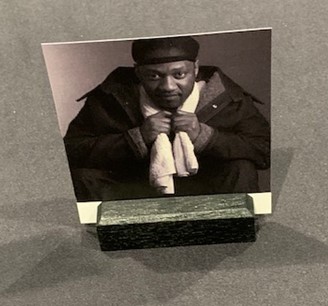
Their Mission: “Reaching Out From Within (ROFW) was established in 1982 in Kansas as an incarcerated-led program that empowers residents to transform themselves and heal each other.” Find out more on their website at https://www.rofw.org/.
Prevention vs Intervention
The day ended on a discussion of one of the best things we can do as a society to prevent the mass incarceration of our judicial justice system. That one thing?
Fund public schools.
Our schools need more mentors, mental health professionals, life coaches, and more support. Investing in our youth now will save billions in our future and make communities stronger. Less crime and drug abuse allow our mental health programs to focus on nurturing more caring and kind people.
This National Institute of Health 2012 study is probably an understatement of today’s prison population (Childhood and Adult Trauma Experiences of Incarcerated Persons and Their Relationship to Adult Behavioral Health Problems and Treatment). In 2012, researchers found 56% of the incarcerated males had some form of childhood trauma that affected their life decisions. Life decisions that paved their way into our prison systems.
One panel member stated in a study they recently read, that 80% of the residents had been abused as a child. They went on to say,
“If you terrorize your children, don’t be surprised if they become criminals and terrorize others.”
For prevention to work, we need to fund public officials who support funding public schools.
See and Listen for yourself
Reaching Out from Within posted the panel videos online. You can view all the topics or just the ones you’re interested in finding more information.
You will find the videos at https://www.rofw.org/annual-title-symposium
It will be well worth your investment of time.
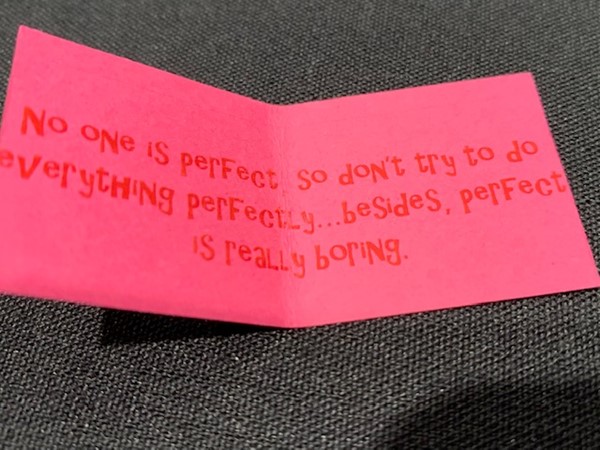
A Note from our Director, Peter Ninemire
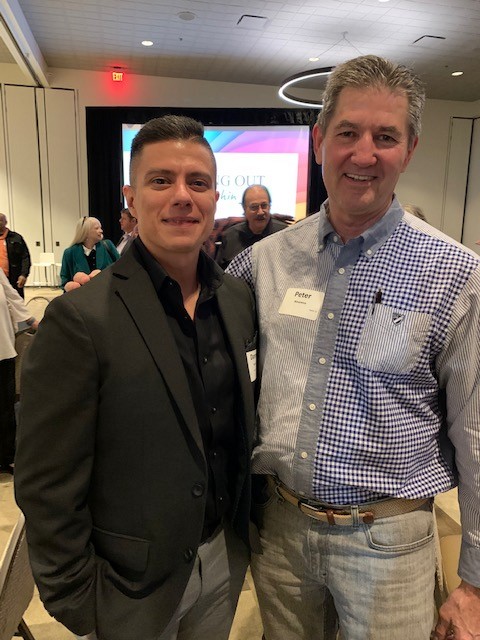
Attending the reaching out from within conference in person this year restimulated many of the thoughts and feelings I had related to my experience spending 10 years in federal prison for marijuana cultivation from 1991 to 2001. This invigorated my desire to help educate the general public and policymakers about substance use disorders as a disease. We need to treat this disease as a chemically induced brain disorder. More often than not dependence on drugs and alcohol occurs along with a mental health disorder.
At the conference I gained a tremendous attitude of gratitude towards the prison volunteers that reach out from within. Prison volunteers provided me with the hope and connections I needed from the outside while I served my 10 years. I believe these volunteers were instrumental in my early release from prison.
Change takes Involvement
I encourage you to get involved in helping change the criminal justice system. With your help, we can change to a “justice reinvestment” in the way we think about and treat those who are incarcerated.
We especially need to change how we treat people with a medically recognized disease. They need to be treated in the environment where their symptoms occur. They do not need a prison environment that exacerbates and creates more mental health problems for them — and for society after we release them from prison.
Vote for Change
I believe the number one way you can make a difference is by evaluating those who you are voting for and whether or not they are open to changing the status quo of this miserably failed “war on drugs” approach. We need people in charge who are willing to adapt a new approach that helps those suffering from substance use and mental health disorders and separates them from the general prison population.
The Number One way that we close a chasm between public attitudes and policymakers in this area is by electing people who are willing to educate their constituents and support smart on crime measures surrounding mental health and substance use disorders.
Bottom Line: VOTE!!!
~~Peter Ninemire, LSCSW, LCAC
Editor Note: For decades, Peter Ninemire, along with The Caring Center of Wichita, has been s strong proponent for changing our prison system and the treatment of felons after their release. You can find articles about what we are doing under our Advocacy category. Start with Peter’s article on Advocacy. Again, we encourage you to vote for candidates who support our public school systems. Give people help before their troubles begin. With proper funding, we can reach them in our public schools.
